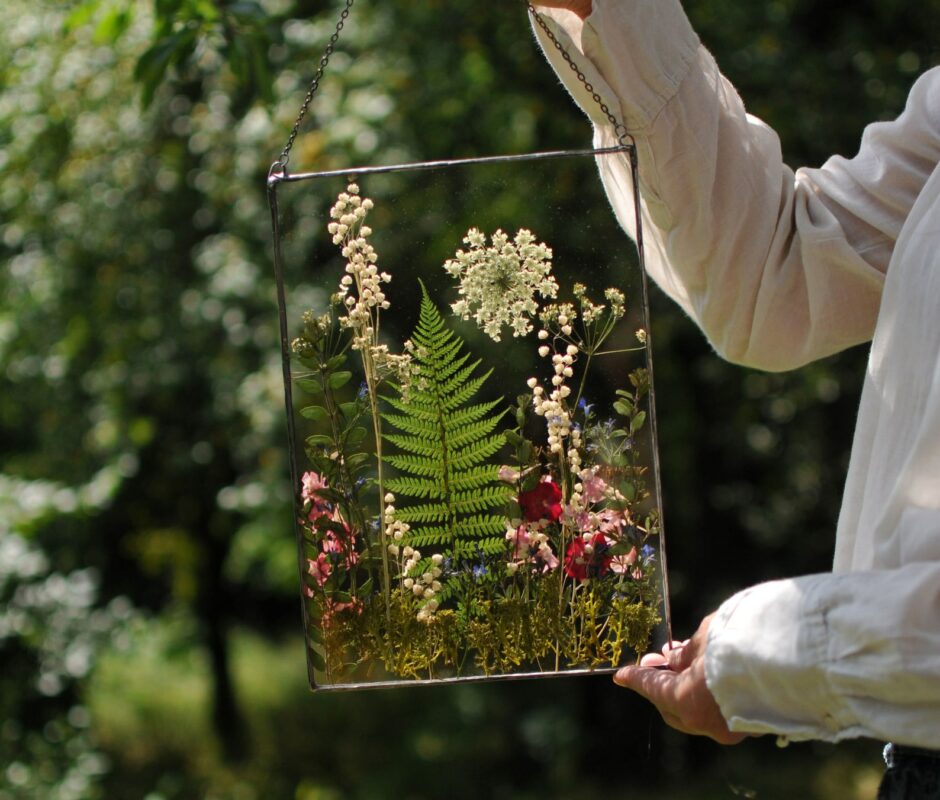Home Decor
The Evolution of Interior Design Styles
Interior design has evolved dramatically over the centuries, reflecting broader cultural shifts, technological advancements, and changing tastes. From the opulent adornments of the Victorian era to the minimalist trends of today, each style has its unique characteristics and historical significance. This comprehensive guide explores the major milestones in the evolution of interior design, offering insights into how these styles have shaped modern decorating practices.
Early Influences on Interior Design
1. Classical Antiquity (Greece and Rome):
The foundations of interior design can be traced back to ancient Greece and Rome, where the emphasis was on proportion, symmetry, and a strong connection between architecture and decor. These civilizations introduced the concepts of columns, domes, and ornamental motifs that are still prevalent in design today.
2. The Middle Ages:
During the Middle Ages, interior design was largely functional, dominated by large, heavy furniture and tapestries that provided insulation in stone castles. The Gothic style introduced pointed arches, stained glass, and intricate wood carvings, emphasizing verticality and light.
Renaissance to Rococo: Flourishing Ornamentation
3. The Renaissance:
The Renaissance marked a rebirth of Classical ideas, with a focus on harmony, proportion, and integrated beauty. Interiors were characterized by their symmetry and formal design, with frescoes, rich textiles, and intricate inlays.
4. Baroque (Late 16th Century):
Baroque interiors were known for their bold ornamentation, dramatic use of light and shadow, and overall sense of movement within the space. Rooms were filled with elaborate furniture, large mirrors, and sumptuous fabrics to reflect wealth and power.
5. Rococo (Early 18th Century):
Rococo was a more playful and whimsically ornate version of the Baroque, with lighter colors, more fluid lines, and an abundance of decorative details like scrolls, shells, and cherubs. This style was prominent in France and focused on the pleasures of life and light-hearted themes.
The Industrial Revolution to Modernism
6. Victorian (19th Century):
Named after Queen Victoria, this style was noted for its eclectic approach, incorporating elements from the Middle Ages, Rococo, and more. The industrial revolution allowed for mass production of furniture and textiles, making decor more accessible. Interiors were dense with patterned wallpapers, heavy furniture, and an array of knick-knacks.
7. Arts and Crafts (Late 19th Century):
Reacting against industrial mass production, the Arts and Crafts movement emphasized handcrafted goods, simplicity, and functionality. Natural materials were celebrated, and interiors featured handmade furniture, stained glass, and embroidery.
8. Art Nouveau (Late 19th to Early 20th Century):
Art Nouveau brought decorative arts to the forefront, emphasizing fluid lines, forms that mimic nature, and intricate linear designs. Interiors often included floral patterns, arched windows, and handcrafted wooden furniture.
9. Modernism (Early to Mid-20th Century):
Modernism was a revolutionary departure from historical styles, focusing instead on functionality, simplicity, and the rejection of ornament. Pioneered by designers like Le Corbusier and Mies van der Rohe, interiors featured open spaces, clean lines, and industrial materials like steel and glass.
Postmodernism to Contemporary Design
10. Postmodernism (Late 20th Century):
Postmodern design emerged as a critique of the starkness and rigidity of Modernism, reintroducing playful forms and diverse aesthetics. It was characterized by its eclectic mix of historical styles, bold colors, and whimsical forms.
11. Contemporary (21st Century):
Today’s contemporary interior design is fluid and evolving, characterized by a blend of various styles tailored to personal tastes and lifestyle needs. It emphasizes comfort, sustainability, and the integration of technology, with a nod to minimalist aesthetics, eco-friendly materials, and smart home features.
Conclusion
The history of interior design is rich and varied, offering a fascinating lens through which to view the evolution of societal values, technological advancements, and cultural trends. By understanding these historical contexts, modern designers and homeowners can appreciate the depth and diversity of the field, choosing styles that resonate personally while acknowledging their historical significance. Whether through a love for the ornate intricacies of Rococo or the sleek simplicity of Modernism, the legacy of interior design continues to influence how we create and inhabit our spaces today.

 Save 26% Today Only!
Save 26% Today Only! 

